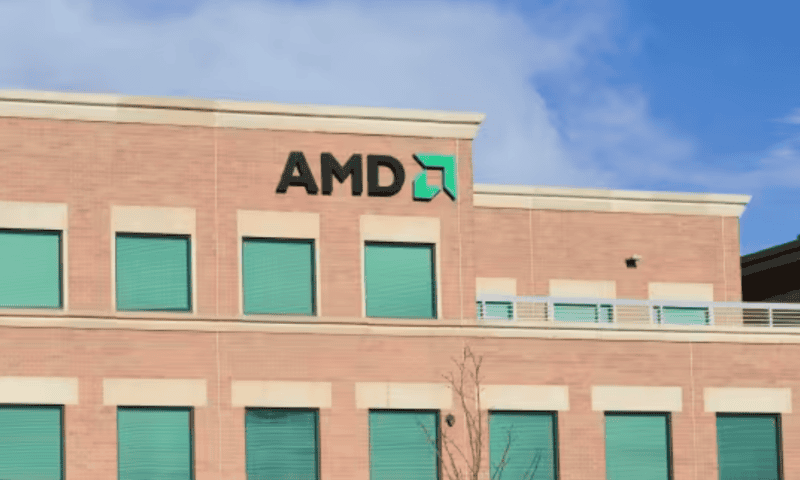Chip company gives a revenue forecast that’s in line with the consensus view at the midpoint
Advanced Micro Devices Inc. on Tuesday reported quarterly earnings that met Wall Street’s expectations — but it wasn’t enough to boost the stock, as the company merely matched the consensus view with the midpoint of its outlook.
AMD AMD, -1.14% also raised its forecast for its MI300 artificial-intelligence accelerator product, which is now expected to drive upwards of $4 billion in revenue this year. That’s up from an earlier projection of more than $3.5 billion.
But some on Wall Street had been hoping AMD would shoot higher. Heading into AMD’s prior earnings call, analysts had been looking for about $6 billion in revenue from the product, and some projections were even greater than that — though expectations have cooled since then.
“MI300 demand continues to strengthen,” Chief Executive Lisa Su said in prepared remarks. “Longer term, we are increasingly working closer with our cloud and enterprise customers as we expand and accelerate our AI hardware and software roadmaps and grow our data-center GPU footprint.”
The company said it expects second-quarter revenue of $5.7 billion, plus or minus $300 million, which is in line with analysts’ forecasts of $5.73 billion.
That would represent year-over-year growth of about 6% at its midpoint, the company said. Non-GAAP gross margin for the quarter is expected to be around 53%.
AMD shares dropped about 7% in after-hours trading Tuesday.
For the first quarter, AMD reported net income of $123 million, or 7 cents a share — swinging from a loss of $139 million, or 9 cents a share, in the year-ago quarter. On an adjusted basis, the company earned 62 cents a share, meeting the FactSet analyst consensus.
Revenue rose to $5.5 billion, from $5.35 billion a year ago, whereas the FactSet consensus called for $5.48 billion.
The company saw 80% growth in data-center revenue, which hit $2.3 billion; analysts were modeling $2.27 billion. The client segment, which consists of chips for personal computers, also saw strong growth with revenue of $1.4 billion — up 85% and beating the $1.29 billion consensus view.
However, AMD saw gaming revenue fall 48%, to $922 million, while embedded revenue was off 46%, to $846 million. Analysts were modeling $964 million and $941 million, respectively, for those segments.
Third Bridge analyst Lucas Keh called out that the data-center momentum stood out despite “lackluster” client and gaming showings.
“When taking a look at the trend of the [data-center] segment, one will notice that data centers represent now 75% of AMD’s total revenues, following a similar trend [to] Nvidia,” he said in emailed comments.
While AMD shares are up about 80% over the past year, they’ve fallen 24% from their March peak. Chip stocks in general have stumbled from their highs, and the recent pressure on AMD shares reflects competitive concerns in the wake of rival Nvidia’s NVDA, -1.54% Blackwell chip announcement.
Analysts also flagged market fears of a potential customer-order pushout for AMD, which is said to be related to high-bandwidth-memory undersupply.
Su fielded a question on that topic on AMD’s earnings call, responding that the company’s demand was strong.
“From a demand standpoint, we continue to build backlog as well as build engagements going forward and similarly, on the supply standpoint, we’re continuing to build supply momentum,” she said. “But from a speed-of-ramp standpoint, I’m actually really pleased with the progress.”
She noted later on the call that AMD has “supply visibility significantly beyond” the $4 billion-plus MI300 target.
Super Micro Computer Inc. SMCI, -3.54% also reported March-quarter results on Tuesday afternoon, and those, combined with AMD’s, seemed to be weighing on the sector, with shares of numerous chip names including Nvidia Corp. NVDA, -1.54% lower in the extended session.

